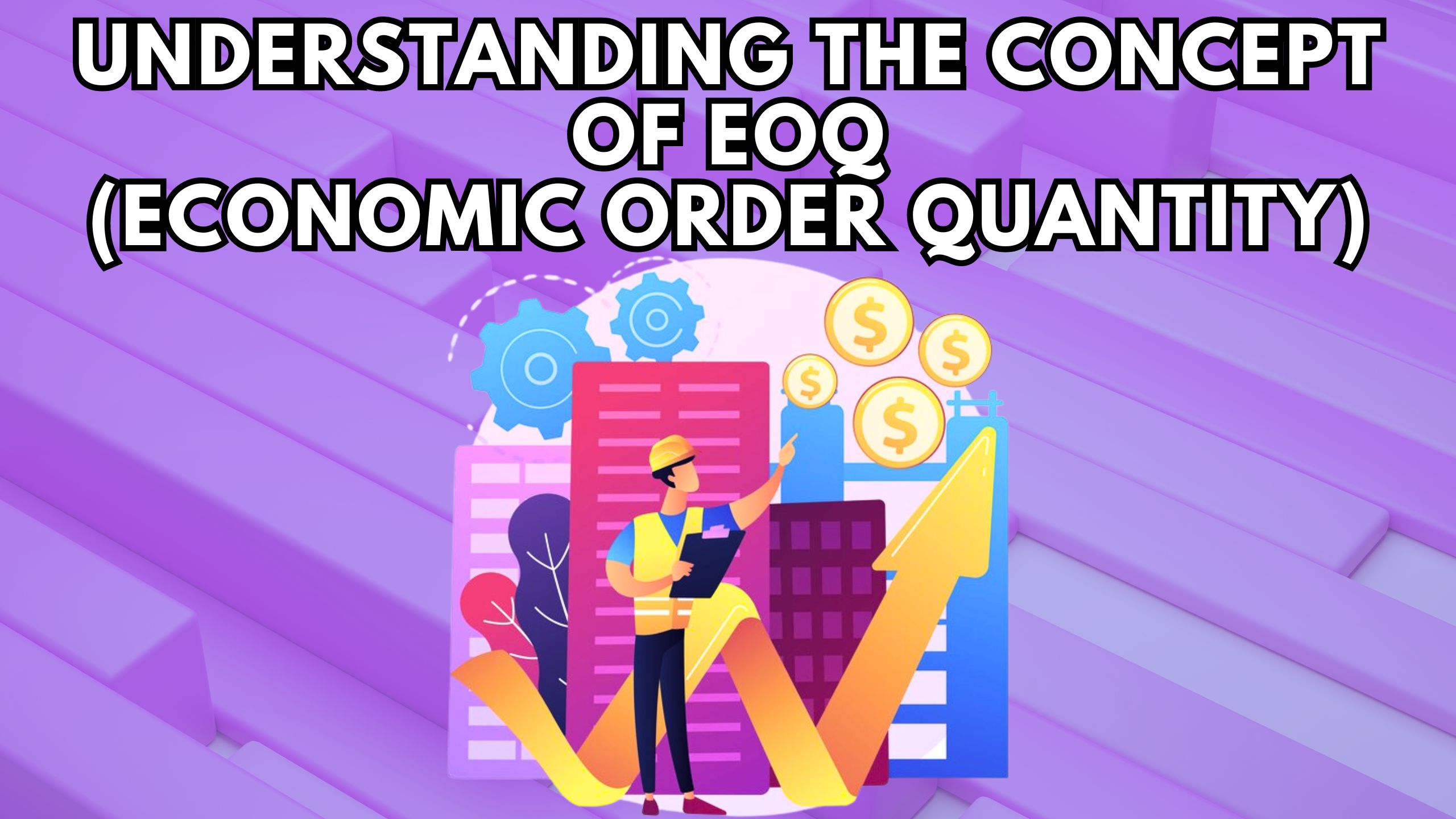Understanding The Concept of EOQ (Economic Order Quantity)
- Expense Management Software Credit Cards Investing Business Solutions


Understanding The Concept of EOQ (Economic Order Quantity)
Efficient inventory management is crucial for businesses to strike the right balance between holding costs and ordering costs. Economic Order Quantity (EOQ) is a fundamental concept that aids in determining the optimal order quantity to minimize total inventory costs. Let’s break down the basics of EOQ:
1. Definition of EOQ
EOQ represents the ideal order quantity a business should place to minimize its total inventory holding costs and ordering costs. It’s essentially the order quantity that results in the lowest total inventory costs.
2. Components of EOQ
Ordering Costs:
These are the expenses incurred every time an order is placed, including administrative costs, communication costs, and setup costs.
Holding Costs:
Holding costs refer to the expenses associated with holding or storing inventory. These include warehousing costs, insurance, and the opportunity cost of tying up capital in inventory.
3. Significance of EOQ
Minimizing Costs:
EOQ aids in minimizing the total costs associated with inventory, striking a balance between ordering costs and holding costs.
Optimal Reordering:
Businesses can determine the most efficient reorder point and quantity to ensure continuous production and meet customer demand without excessive holding costs.
Reduction of Stockouts and Excess Inventory:
By optimizing order quantities, businesses can avoid stockouts that result in lost sales and excess inventory that ties up capital.
4. Factors Influencing EOQ
Demand Variability:
Higher variability may lead to a need for larger safety stock, influencing the EOQ.
Ordering Cost:
Higher ordering costs may prompt larger order quantities to spread these costs over more units.
Holding Cost:
Lower holding costs may lead to smaller EOQ, as holding costs play a significant role in the EOQ formula.
The Role of SaaS in EOQ Optimization
- NetSuite: Streamline your inventory management with NetSuite, integrating EOQ principles to optimize ordering and reduce carrying costs effectively.
- SAP Ariba: Enhance your procurement process with SAP Ariba, leveraging its capabilities to align with EOQ strategies and foster efficient supply chain management.
- Zoho Inventory: Zoho Inventory empowers businesses to implement EOQ seamlessly, ensuring that stock levels are maintained at the most cost-efficient levels.
- Odoo Inventory: Improve your EOQ calculations with Odoo Inventory, a versatile solution that contributes to the overall efficiency of your inventory management practices.
- Quick Base: Quick Base provides a customizable platform to integrate EOQ methodologies, allowing businesses to adapt and optimize their inventory processes effortlessly.
Conclusion
Mastering EOQ is a strategic advantage for businesses aiming to strike the right balance between ordering costs and holding costs. As you navigate the intricacies of inventory management, consider how EOQ can be a catalyst for operational excellence and financial prudence.
Supercharge Your Inventory Management with Subscribed.fyi
Unlock exclusive deals on top-notch SaaS tools with Subscribed.fyi. Sign up today to access savings on 100+ SaaS tools, totaling over $100,000 annually. Simplify your subscription management and make informed decisions with Subscribed.fyi.
Relevant Links:





